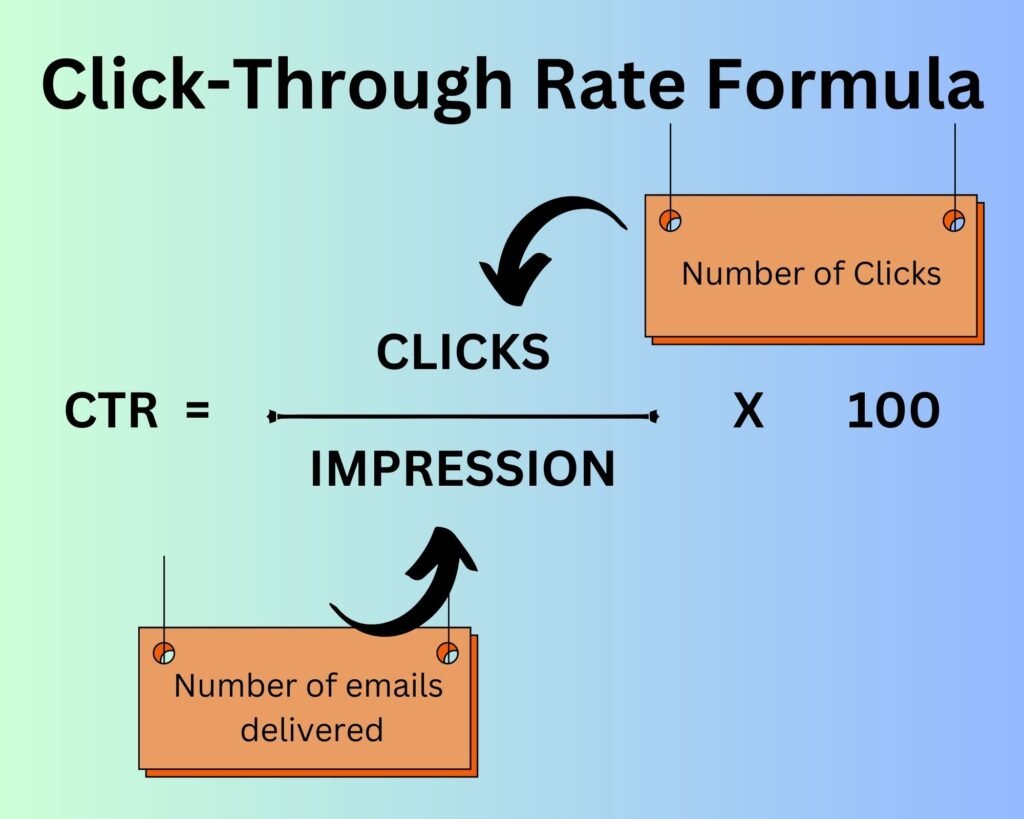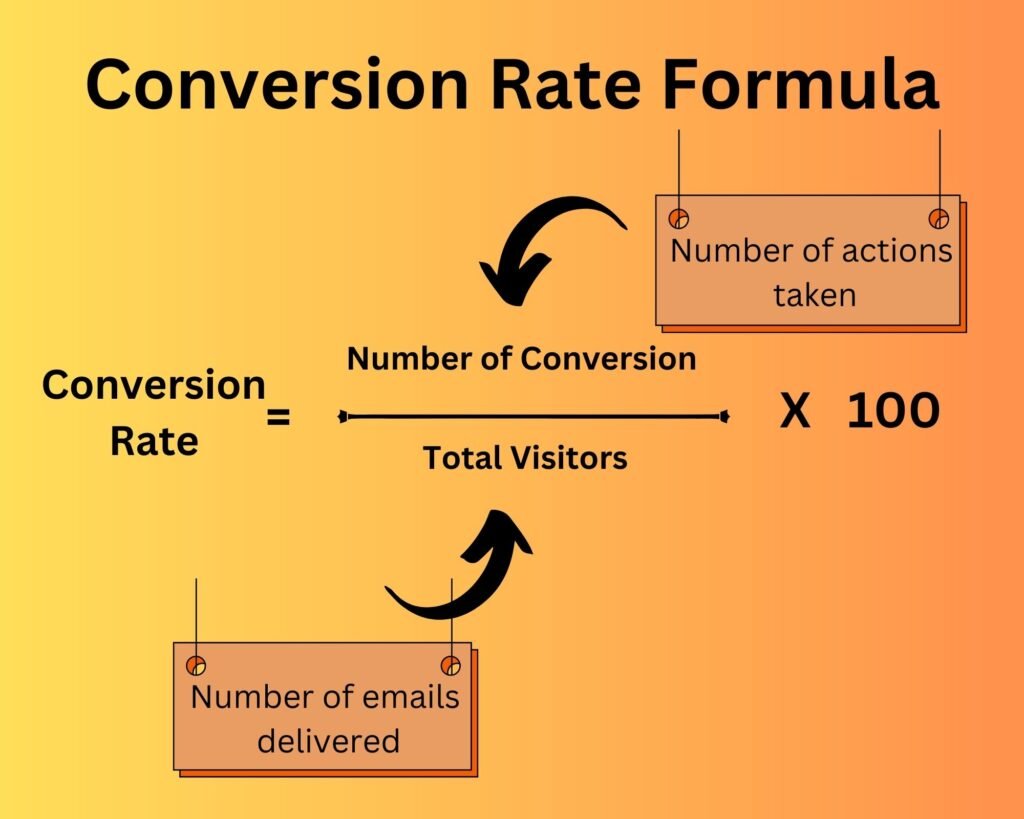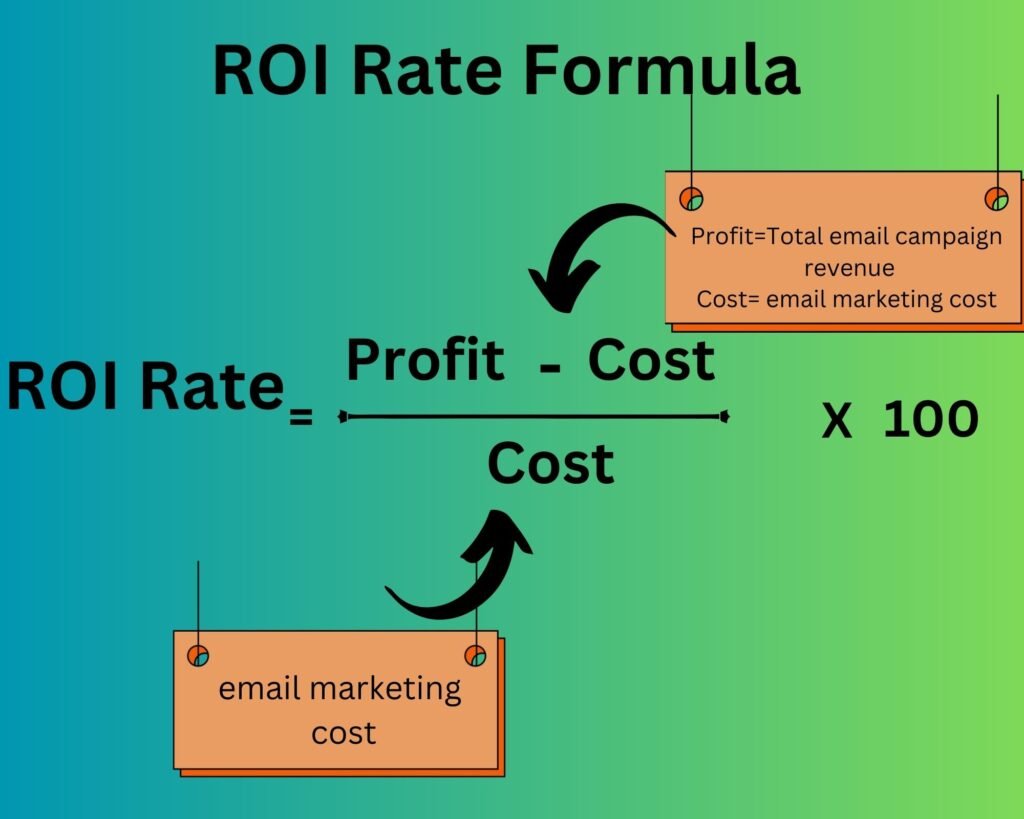
Email campaigns can be challenging to master, but tracking Email Marketing KPIs (Key Performance Indicators) will provide you with the essential data needed for success in any endeavor.
All business owners understand that a successful business relies upon daily growth, and email campaigns are certainly one of the most profitable decisions an organization could make as they reach new heights!
In this article, we’ll discuss why email marketing KPIs are essential, and we will also list eight KPIs you should be tracking to have a successful email campaign.
What Are Key Performance Indicators?
Key Performance Indicators (KPIs) are measurable values that help assess the success or performance of a business, team, or individual in achieving specific objectives. They provide a way to track progress, make data-driven decisions, and focus on areas contributing to desired outcomes.
Critical characteristics of KPIs include:
- Relevance: KPIs must align closely with the overarching goals and objectives of the business under assessment. They should focus on critical factors that directly contribute to the organization’s success or highlight improvement areas. KPIs become potent tools for strategic decision-making and performance enhancement by ensuring relevance.
- Measurability: KPIs should be quantifiable or qualifiable, enabling an objective evaluation of performance. This involves clearly defining specific metrics, setting measurable targets, and establishing benchmarks for comparison. Measurability ensures that KPIs provide a concrete and understandable basis for gauging success or identifying areas that require attention and improvement.
- Specificity: For effective communication and understanding, KPIs need to be specific and well-defined. They should offer clear guidance on what is being measured, avoiding ambiguity. Specificity in KPIs facilitates a shared understanding among stakeholders, ensuring that everyone involved comprehends the precise aspects of the evaluated performance.
- Time-bound: KPIs are often linked to specific time frames, such as monthly, quarterly, or annually. This time-bound aspect is crucial for monitoring progress and assessing changes in performance over designated periods. It allows businesses to track their advancements, Recognize patterns, discern trends, and base decisions on well-informed analysis of temporal context.
- Actionable: KPIs should go beyond mere measurement and provide actionable insights. They should offer valuable data that empowers informed decision-making and prompts actions to enhance performance. Actionable KPIs enable organizations to adjust strategies or tactics based on results, fostering a dynamic and responsive approach to achieving their goals.
Why Are KPIs For Email Marketing Important?
There could be different reasons for tracking email marketing KPIs, but the primary goal is to measure email performance and optimize email campaigns based on key metrics.
By tracking email KPIs, you can assess what works for your audience and what doesn’t. It helps you create more effective email campaigns, save time and money, and boost return on investments (ROI).
Understanding the significance of email marketing KPIs, let’s discuss some of them to track.
Eight Email Marketing KPIs To Track
Tracking key performance indicators (KPIs) is essential for effective email marketing campaigns. These KPIs provide valuable insights into your email marketing efforts’ performance, engagement, and success.
Here are eight email marketing KPIs to track:
Click-Through Rate (CTR)

What is it? CTR is the way to measure how many email recipients clicked on a link, email, or button on your email.
With the help of this metric, email marketers can track their success in terms of how successful their emails are about content, subject lines, and call-to-action buttons.
This KPI allows email marketers to make changes based on what works for them and further enhances the effectiveness of campaigns.
Furthermore, It is an excellent tool for assessing A/B tests as it provides valuable insight into which methods generate more clicks from your subscribers so that you can modify or optimize your approach accordingly.
How to Calculate: CTR = (Number of Clicks / Number of emails delivered) * 100
Example: If you sent an email to 1000 email recipients and 150 email subscribers clicked on the link, then your CTR would be 15% (150/1000*100)
Open Rate
What is it? The open rate reflects the available email rate. It measures how many email recipients opened the email sent to them compared to the number of delivered emails.
Many marketers focus on optimizing email for a higher open rate since it has positive consequences. However, they should strive to optimize the email for click-through rate (CTR) instead – as this will have an even more powerful impact on their business.
However, this metric can be misleading since it regards an email as “opened” even if the recipient did not view it.
Conversion Rate

What is it? The success of an email campaign mainly depends on its conversion rate, which reveals how many recipients took the desired action after receiving your message.
Whether it be a purchase, filling out a form, or downloading an ebook, we can measure the effectiveness of our emails by tracking this KPI.
Aiming to generate conversions with every email should be our ultimate goal to maximize successful outcomes from our campaigns!
How to Calculate: Conversion Rate = (Number of actions taken/Number of emails delivered) * 100
Example: If you email 2000 email recipients and 100 email subscribers took action, then the conversion rate would be 5% (100/2000*100)
Bounce Rate

What is it? A bounce rate is the percentage of emails that do not reach the intended email address. An email bounce can be classified as a soft bounce or a hard bounce.
A soft bounce generally occurs when an email box is temporarily unavailable, there is a problem with the server, or when an email message is too large for the recipient’s mailbox.
On the other hand,
A hard bounce generally indicates an email address that no longer exists and cannot receive emails. This metric helps email marketers identify and remove these email addresses from their database so they don’t waste time sending emails to them in future campaigns.
How to Calculate: Bounce Rate= (Number of Bounced Emails / Number of emails sent) * 100
Example: If you sent an email to 1000 recipients and 25 emails bounced, your bounce rate would be 2.5% (25/1000*100).
Subscriber List Growth Rate

What is it? The list growth rate is the metric used to measure how quickly email subscribers are adding to your email list.
It helps determine their success by Assessing the efficacy of their lead generation endeavors and whether or not they’re targeting the right audience.
The result will help you understand if you need to change your email list-building strategy.
How to Calculate: Subscriber = (Number of New subscriber – Number of unsubscribed + email/ Total number of email on the list) * 100
Example: If you have 1000 email subscribers, 50 unsubscribed emails, and 20 email addresses added, your subscriber list growth rate would be 2% (20-50+20/1000*100).
Unsubscribe Rate
What is it: The unsubscribe rate is the percentage of email recipients who no longer want to receive your emails.
Understanding the unsubscribe rate is essential for email marketers to gain data into which emails, topics, or messages their audience found least attractive.
This metric tracks how many subscribers opt out of your communications and allows you to adjust future campaigns to be more engaging and resonate better with your target demographic.
Forwarding/Sharing Rate
What is it? The email forwarding/sharing rate reflects how many email recipients share your email with their friends and family.
If many email subscribers share your messages, you’re likely creating content that resonates well with them.
This metric also helps email marketers understand the impact of their email campaigns, as it Can enhance brand visibility and increase sales.
How to Calculate: Forwarding/sharing rate = (Number of emails forwarded or clicks on share button/ total number of emails delivered) *100
Example: If you sent an email to 1000 email recipients and 50 email subscribers forwarded or clicked the share button, your forwarding/sharing rate would be 5% (50/1000*100).
ROI Rate

What is it? It’s a metric that tells email marketers how profitable their email campaigns are in terms of The funds invested in email marketing initiatives.
The aim is to get more money back than what was spent, which should be the goal for every email campaign. Most email campaign costs include email list building, design, and delivery.
So, email marketers should pay close attention to metrics that gauge email performance, including open rates, conversion rates, and click-through rates, all of which need to be optimized to enhance their email campaigns for better ROI.
How to Calculate: ROI rate = (Total email campaign revenue – email marketing cost/ email marketing cost) * 100
Example: If you spent $1000 on email marketing campaigns and received a total of $2000 in revenue from those email campaigns, your ROI rate would be 100% (2000-1000/1000*100).
How Can You Determine Which Email Metrics To Track Depending On Your Goals?

To determine which email metrics to track based on your goals, follow these steps:
- Define your email marketing goals clearly.
- Align metrics with your goals.
- Consider industry benchmarks for email metrics.
- Focus on actionable metrics that can be influenced through specific strategies or tactics.
- Prioritize critical metrics that directly impact your goals.
- Regularly analyze and adjust based on data and insights gained from metrics.
FAQs
Q1. How Often Should I Review My Email Marketing KPIs?
A. Regular review and analysis of email marketing KPIs are essential to monitor performance and make necessary adjustments. Reviewing KPIs weekly or monthly is recommended, considering the frequency of your email campaigns and the goals you have set. However, tracking long-term trends and comparing performance over time is also beneficial.
Q2. How Can I Enhance My Email Marketing Key Performance Indicators (KPIs)?
A. Improving email marketing KPIs requires continuous optimization and experimentation. Some strategies to improve KPIs include crafting compelling subject lines, personalizing email content, segmenting your audience, optimizing email design for mobile, testing different CTAs, and ensuring relevant and valuable content.
Q3. What Is A Good Open Rate Or Click-Through Rate?
A. The definition of a “good” open rate or click-through rate can vary depending on factors such as industry, audience, and the type of email being sent. However, average available rates often range from 15% to 25%, while average click-through rates range from 2% to 5%. It’s important to compare your performance against industry benchmarks and track your progress over time.
Q4. Why Is Conversion Rate An Essential Email Marketing KPI?
A. The conversion rate in email marketing signifies the percentage of recipients who not only opened and clicked through the email but also took a desired action, such as making a purchase or filling out a form.
Final Thoughts
Now that you know what KPIs for email marketing are valuable and how to measure them, you can start tracking your marketing performance and making better decisions with your email campaigns.
If you have any questions about the KPIs for email marketing, feel free to leave them in the comment section. We will be happy to answer you.
Thanks for reading 🙂
Also, Read – Dynamic Email Content: What It Is, Its Benefits And Its Steps
Why Are My Emails Going To Spam: A Guide To Land In Inbox
Content Marketing KPIs: 8 KPIs You Need To Track








No Comments